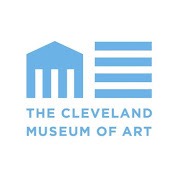Maker/Artist
Neilson, Jacques
French weaver, tapissier, and manufactory director of English birth, 1714-1788
French tapissier of English birth; Neilson's father was a sea merchant of Scottish origin. He moved to France at a young age. Upon beginning work at the Gobelins in 1728, he first specialized in the high-warp technique of weaving in the workshop of Jean Jans II. He left the Gobelins to devote himself to painting in 1743 but returned in 1749 to direct one of the two low-warp workshops; when the two workshops were later combined, he remained director and he applied himself to perfecting this technique. From 1750 he began to develop a technique in which tapestries could be made directly from original designs, using outlines on waxed paper placed underneath the warp. Another advantage was that the original designs did not have to be cut into strips and instead could remain intact to constantly verify the design. The technique was perfected by 1756 and was introduced to the Louvre in Coypel's studio, notably, in the presence of Jean-Baptiste Oudry. Neilson also invented tools such as the vautoir to assist in tapestry weaving and in 1767 he secured the reopening of the Séminaire des Gobelins for training purposes. He became director of the Gobelins Dye Works in 1769 and he conducted significant experiments with dyes. He was the parent of Daniel-Marie Neilson (died 1799), who was a low-warp weaver and with whom he collaborated on his dye experiments.

